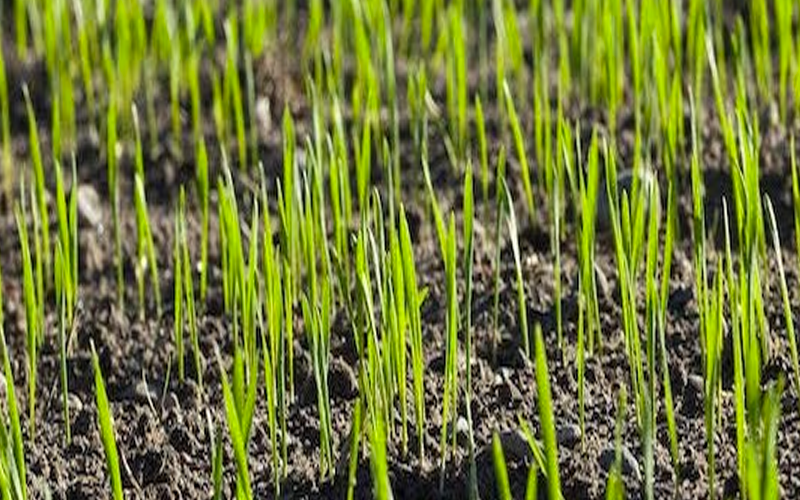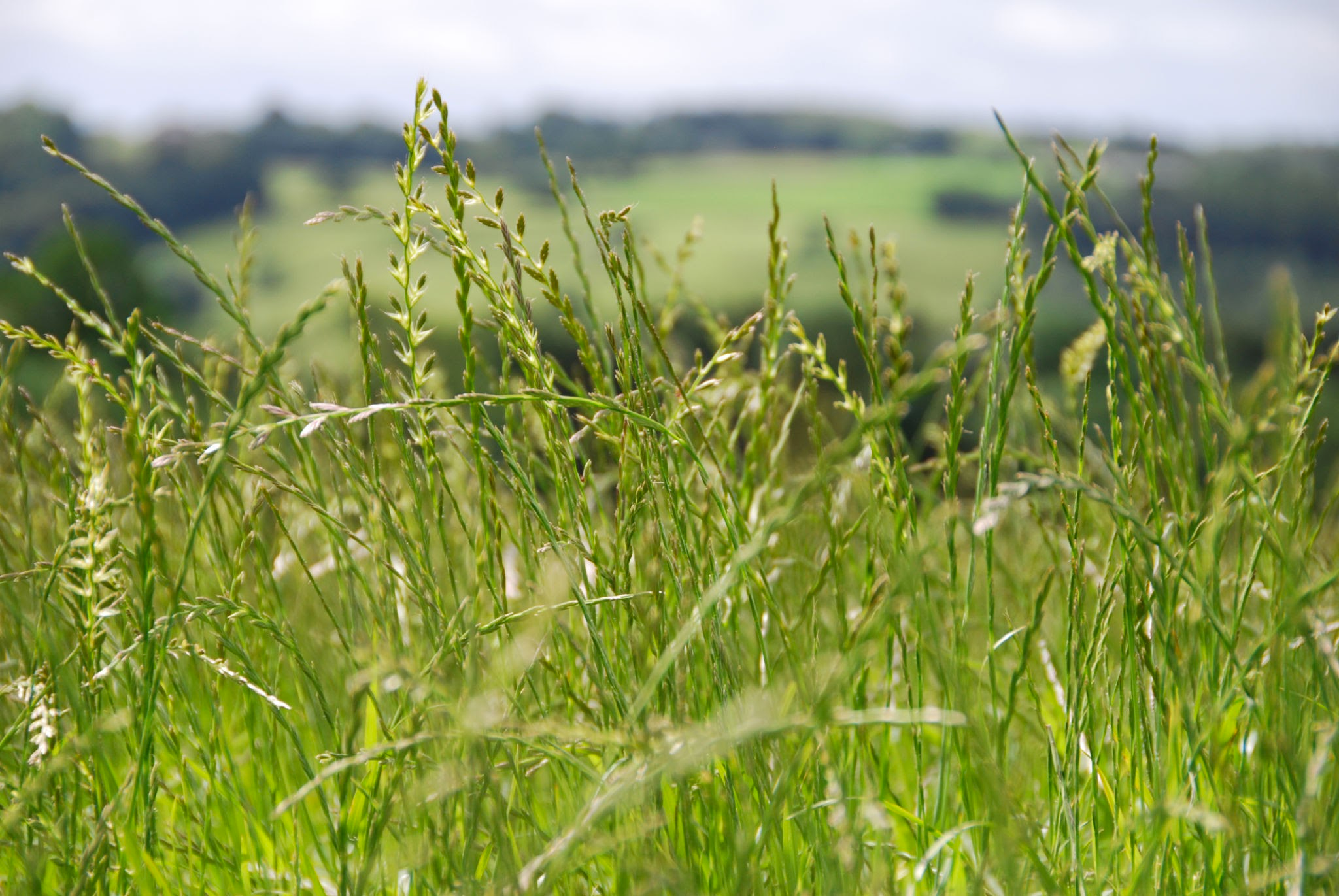2023 Cover Crop Seed
Annual Ryegrass
Distribution
2 lb will broadcast over approximately 2,000 square feet
Season
All seasons in Hawaii
FREE LOCAL PICKUP
In Kaneohe, Oahu
2lb. Bag
$9.00
4 in stock



Annual ryegrass (Lolium multiflorum) is a cool-season grass that is widely used for various purposes in agriculture and landscaping. Its adaptability and quick growth make it a popular choice for different applications. Here are some common uses of annual ryegrass:
Cover Crop: Annual ryegrass is often used as a cover crop to protect and improve the soil in between main crop plantings. It helps prevent soil erosion, reduces weed growth, adds organic matter as it decomposes, and can even scavenge excess nutrients from the soil, preventing their leaching.
Erosion Control: The dense root system of annual ryegrass makes it effective in stabilizing soil and preventing erosion, particularly on sloped or vulnerable areas. It’s often used on construction sites, roadsides, and other places where soil stability is a concern.
Pasture and Forage: Annual ryegrass is used for grazing and as a forage crop for livestock. It’s palatable and provides good nutritional value, making it suitable for cattle, sheep, and other livestock. Its rapid growth and regrowth make it valuable for ensuring a consistent supply of forage.
Temporary Lawn: In some cases, annual ryegrass is used to quickly establish a temporary lawn in situations where a more permanent grass species will be planted later. This can be useful for events, construction projects, or other short-term needs.
Overseeding: In warmer regions, annual ryegrass is sometimes overseeded onto warm-season grass lawns during the cooler months. This provides green cover during the dormant period of the warm-season grass.
Soil Improvement: Annual ryegrass, like other grasses, can contribute to soil improvement by adding organic matter through its root and shoot biomass. This helps improve soil structure, water retention, and microbial activity.
Green Manure: When tilled into the soil, annual ryegrass acts as a green manure crop. Its decomposition adds nutrients to the soil and enhances soil fertility for subsequent crops.
Wildlife Habitat: In some cases, areas are planted with annual ryegrass to provide cover and food for wildlife. This can be particularly useful for attracting and supporting game birds.
Landscaping and Aesthetics: In landscaping, annual ryegrass can be used to quickly establish green areas in parks, recreational fields, and other public spaces. It provides an attractive green cover in a relatively short amount of time.
Soil Stabilization: In disturbed areas such as construction sites or areas prone to erosion, annual ryegrass can be planted to stabilize the soil and prevent further degradation.
It’s important to note that while annual ryegrass has many benefits, it’s also important to manage its growth to prevent it from becoming invasive and outcompeting desired plants. Depending on the intended use, appropriate management practices should be implemented to ensure the best results and avoid any negative impacts on local ecosystems.
